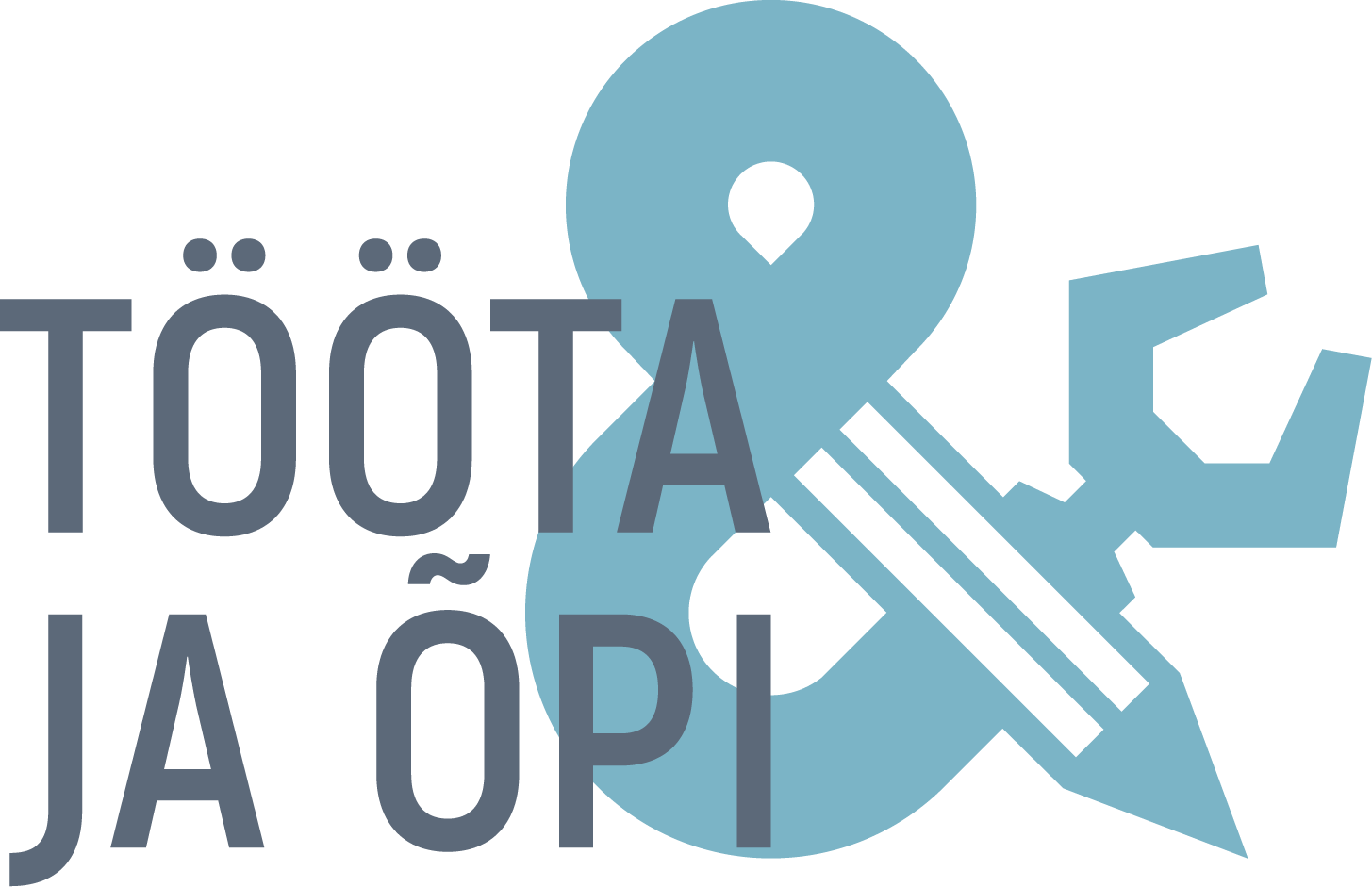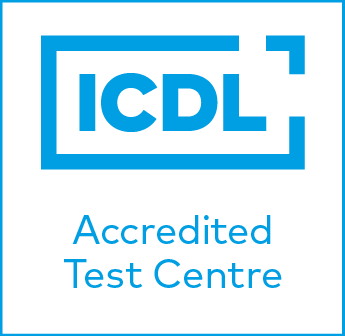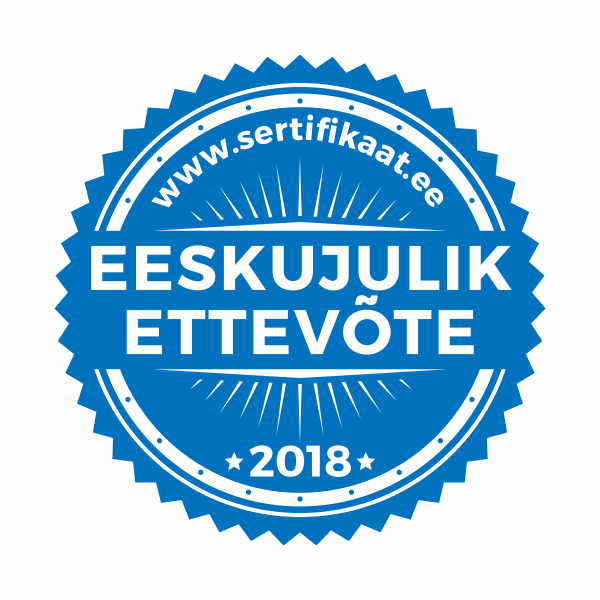Curriculum Title
Organization of distance work and training
Training group
0482 – Computer use
Scope of training:
40 academic hours - blended learning (self-study with materials 50% + independent work 25% + personal communication with a trainer 25%).
The scope of the curriculum takes into account the time to complete the tasks and solve the tests.
Description of the learning environment
On the Internet, it is necessary to have a computer with an Internet connection, the Chrome /Brave browser.
Form of training
Distance learning
Language of instruction
Russian, Estonian, English
Teaching staff
Konstantin Jallai, Veronika Stroe
Price
800€ + KM
Target audience
Employed and unemployed persons of working age
Conditions for the start of training
An interview that will determine whether there is a minimum basic level of computer proficiency and other necessary skills for training.
If necessary, the client will be offered an alternative course of basic training, which will allow him to participate in the course on the organization of distance work and training in the future.
Contents
|
Subject Module 1 |
Volume, acad. h. |
|
Principles and possibilities of remote work. |
|
|
1.1 Introduction |
4 |
|
1.2 Preparing your work environment: choosing a browser and configuring it, the basics of safe operation, Windows features, networking, and VPN. Set up a VPN |
4 |
|
1.3 Introduction to social media and blogging Speaking in front of the camera. Zoom, Viber, Whatsapp, Skype, Telegram, Facebook, Twitter, Instagram, TikTok |
4 |
|
1.4 Remote access to documents (Google Drive, OneDrive, Dropbox) |
4 |
|
1.5 Remote control of computers and personal technical support (Teamviewer, Zoom) |
2 |
|
1.6 Conducting and scheduling web conferences (Zoom, Google calendar, MS Teams) |
2 |
|
Total hours in module I: |
20 |
|
Module 2 |
|
|
Organize remote work with free Google applications and / or MS Office package. |
|
|
2.1 Introduction to the list of applications |
2 |
|
2.2 Using and configuring e-mail |
2 |
|
2.3 Document sharing, access levels |
2 |
|
2.4 Collaborate on text documents |
2 |
|
2.5 Work together on tables and accounting |
2 |
|
2.6 Google Slides as an introduction to virtual group work |
2 |
|
2.7 Creating a survey |
2 |
|
Total hours in module II: |
14 |
|
3 Conclusion |
|
|
3.1 Safety of remote work |
3 |
|
3.2 Complete solutions (G-Suite, MS Office) |
3 |
|
Total hours in module III: |
6 |
As a result of training
As a result of the training, the student:
● knows the principles, opportunities and dangers of digital development;
● knows what a VPN is and how to set it up;
● may use at least two communication channels in addition to e-mail;
● can use at least one cloud service to manage documents;
● can use the teamviewer program, can organize access to IT support for his computer and, if necessary, can remotely control other computers;
● knows how to participate in web conferences and knows how to organize them independently;
● can use Google services (Hangouts, Drive, Docs, Sheets, Slides, Forms);
● can use different levels of access (view, comment, edit) when sharing using Google Docs;
● knows the safety measures of telework;
● Knows about paid remote access options like G Suite and Office 365, knows the pros and cons
List of learning materials
E-learning materials prepared by the training organizers:
● training blog (coordination of classes, familiarity with the structure);
● the list of tasks is regularly published on topics in the training blog;
● Digital learning materials are published on an ongoing basis in the course of training on topics.
If necessary, additional training materials are recommended by the trainer based on the needs of the student.
Conditions for completing the course
Completion depends on passing a test or practical task on each topic.
Evaluation
A test or practical task is considered successfully completed if it is successfully completed by at least 60%.
Evaluation methods
The final result of the training will be determined depending on the results of the entire training.
The trainer gives written or oral (video / audio speech) recommendations on the work done on each topic.
Evaluation takes place according to an undifferentiated system.
The qualification of the lecturer is necessary for the training
At least a bachelor's degree in higher education or equivalent.
Experience in at least three basic computer training courses.
Further reading
Training in this course is a prerequisite for distance learning in a computer training course for advanced users.
The time and days of training are agreed between the student and the course leader.
Graduates are issued a certificate or certificate in accordance with the Adult Education Act.
© Koolituskeskus Walk



